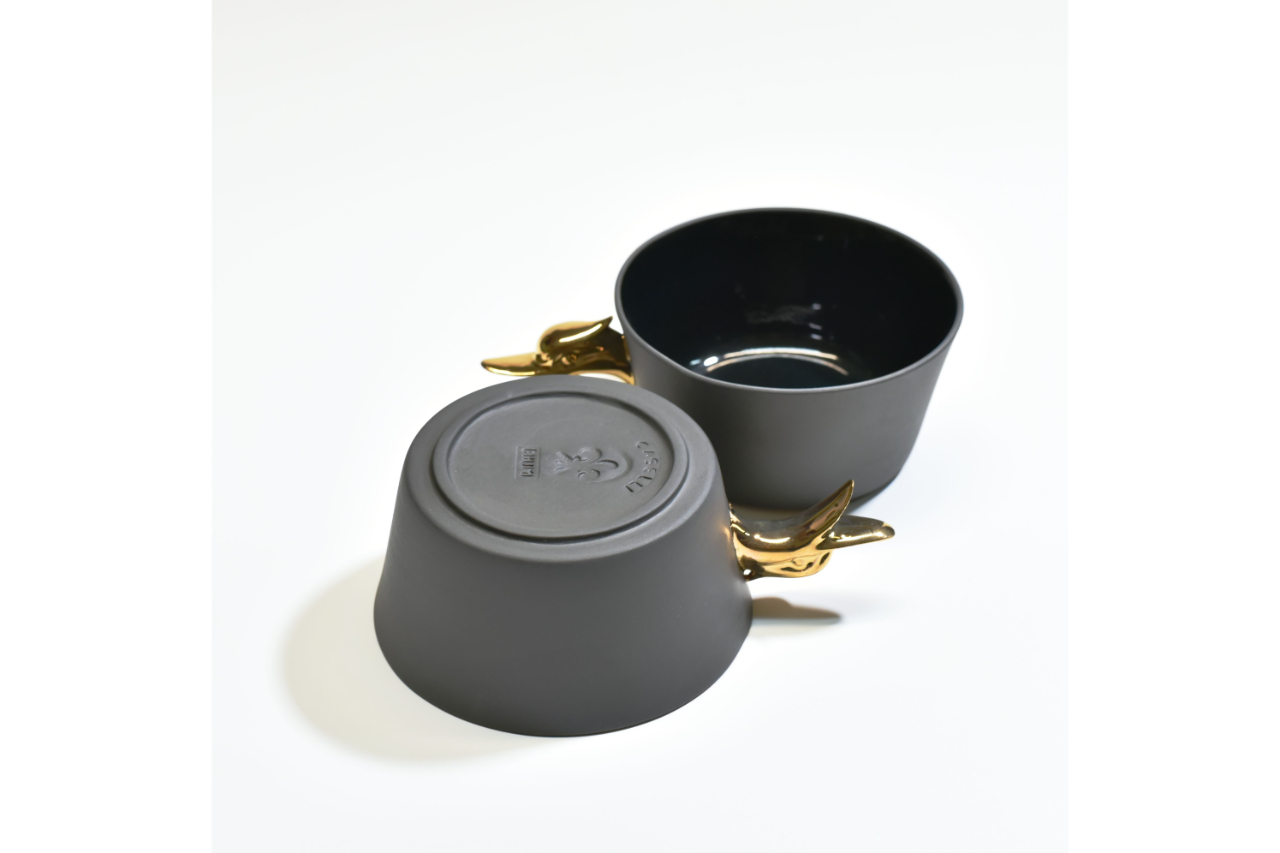
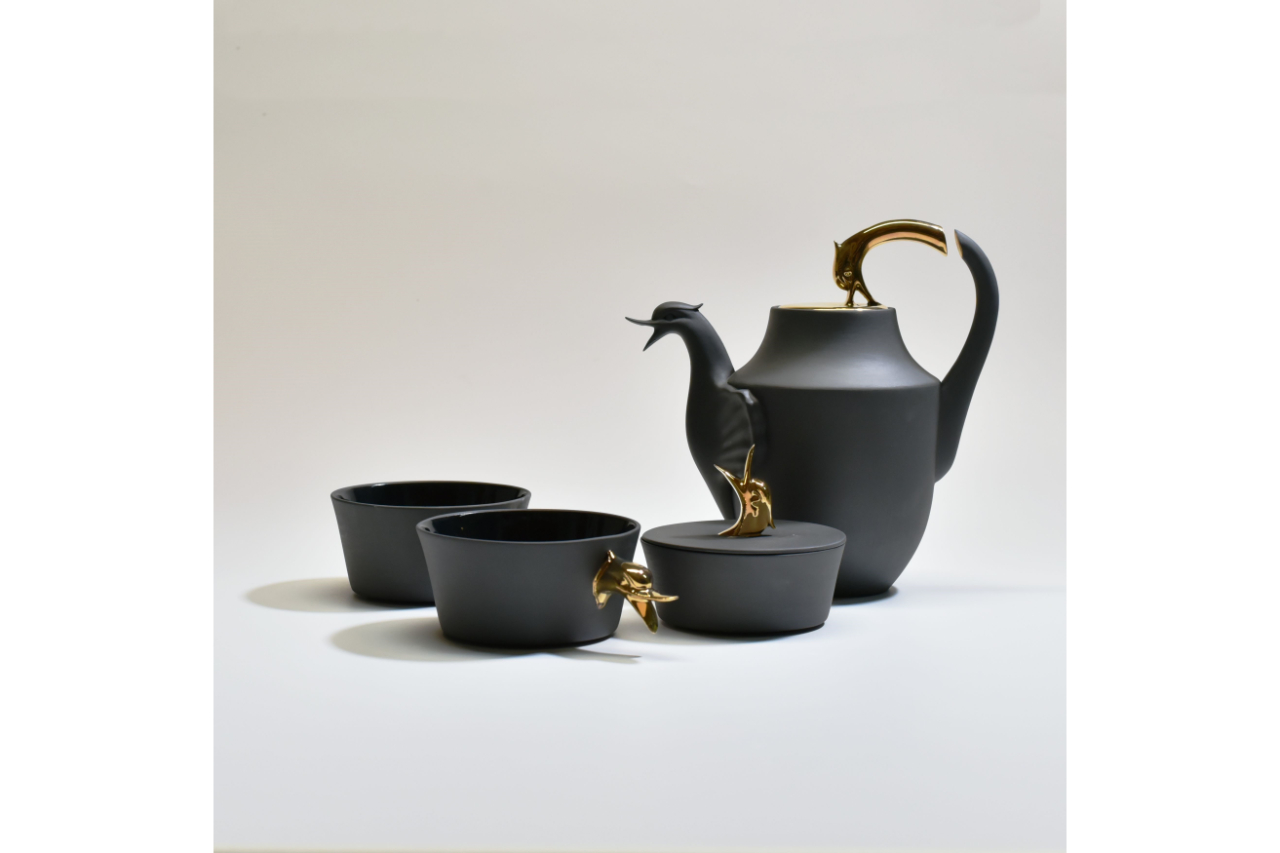
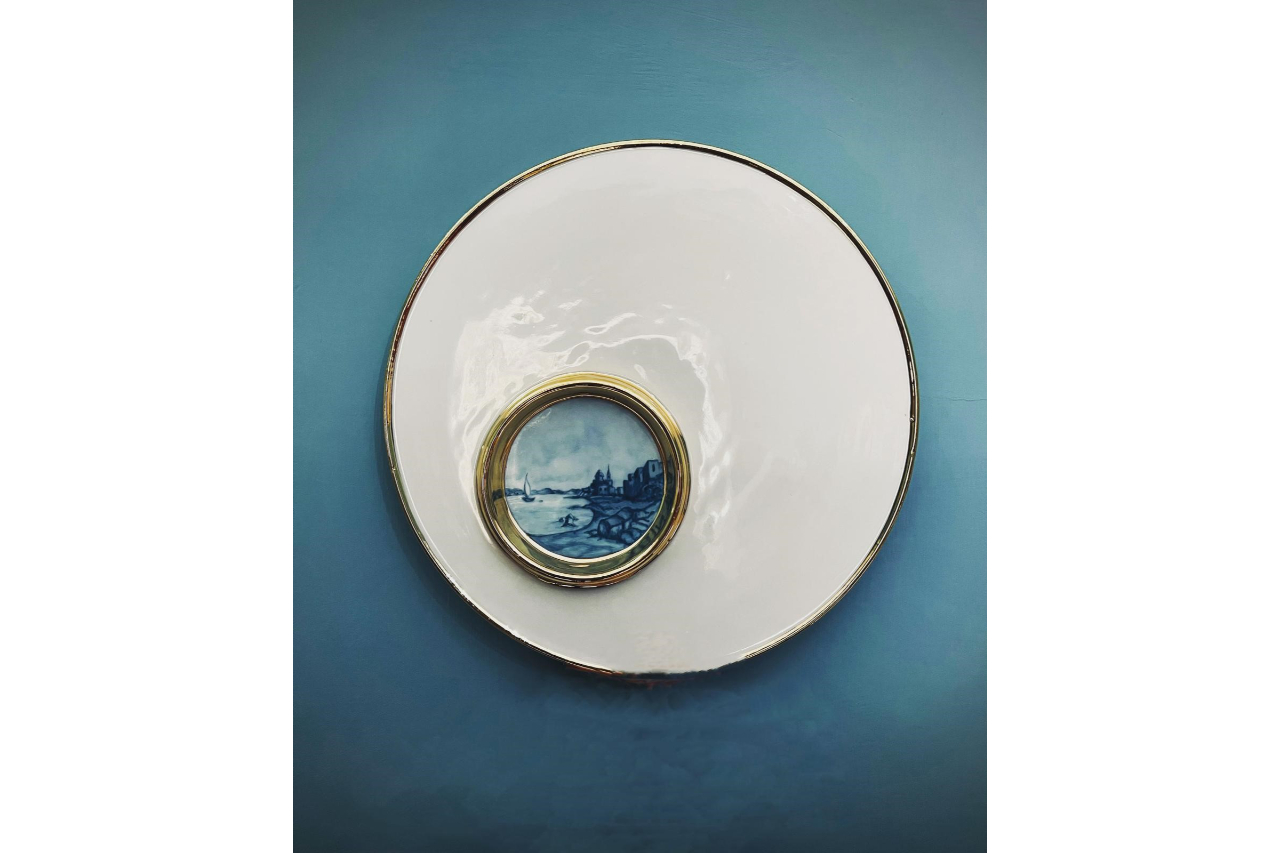
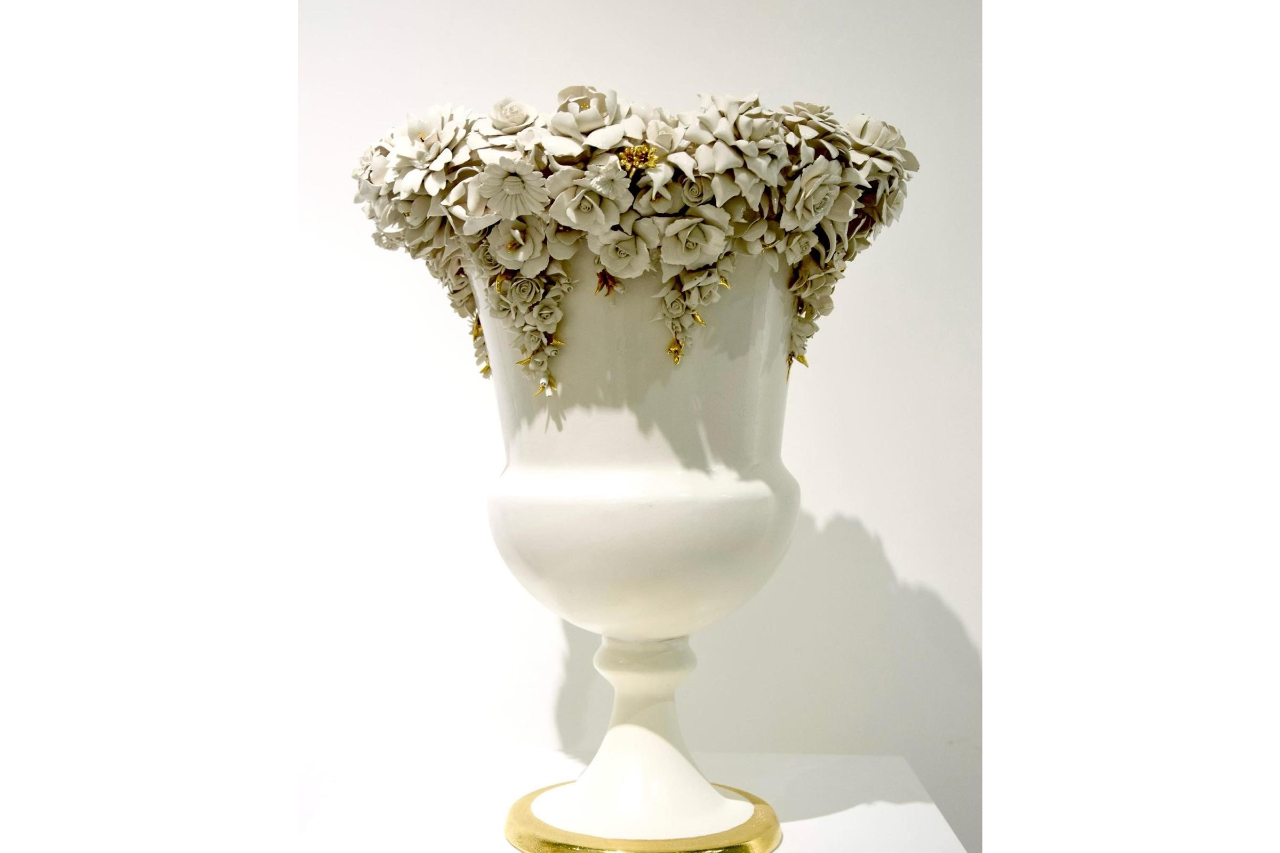
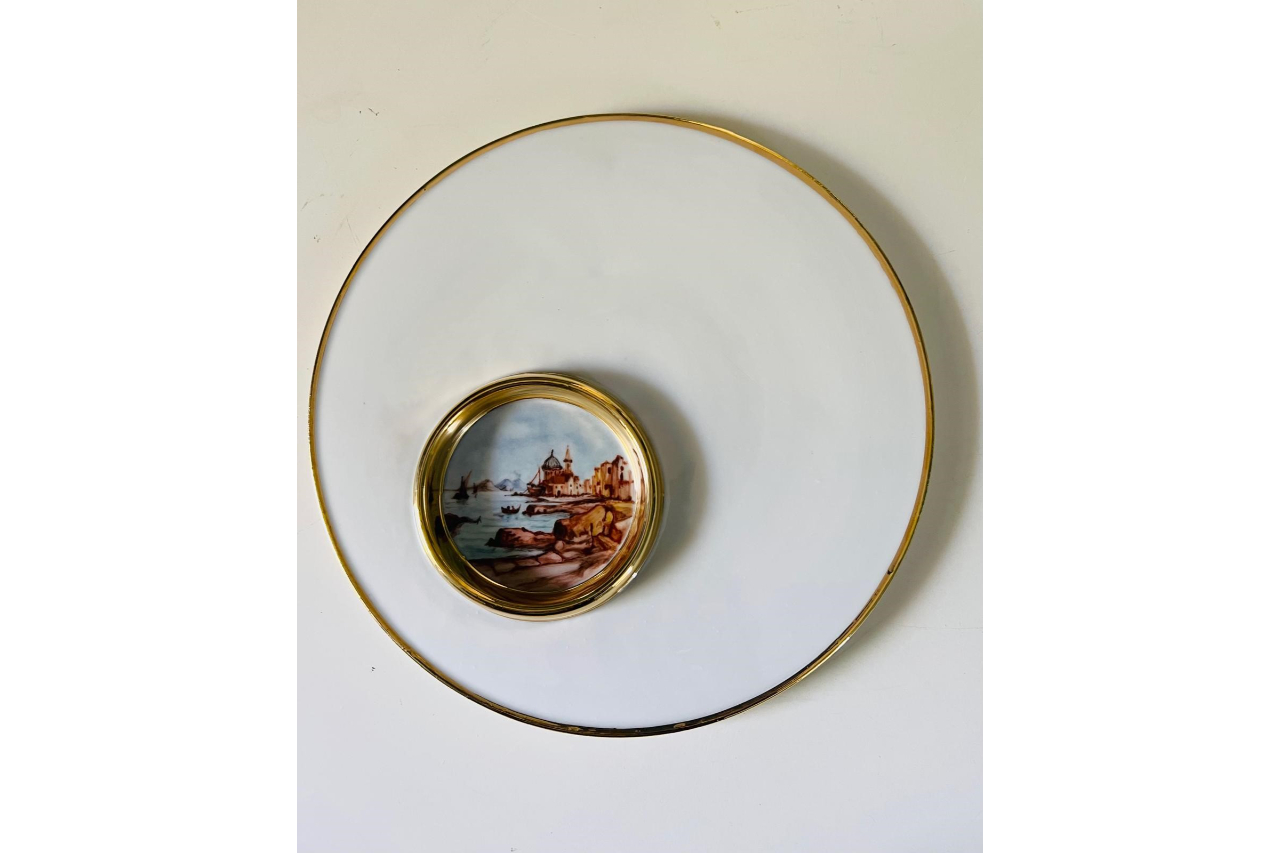
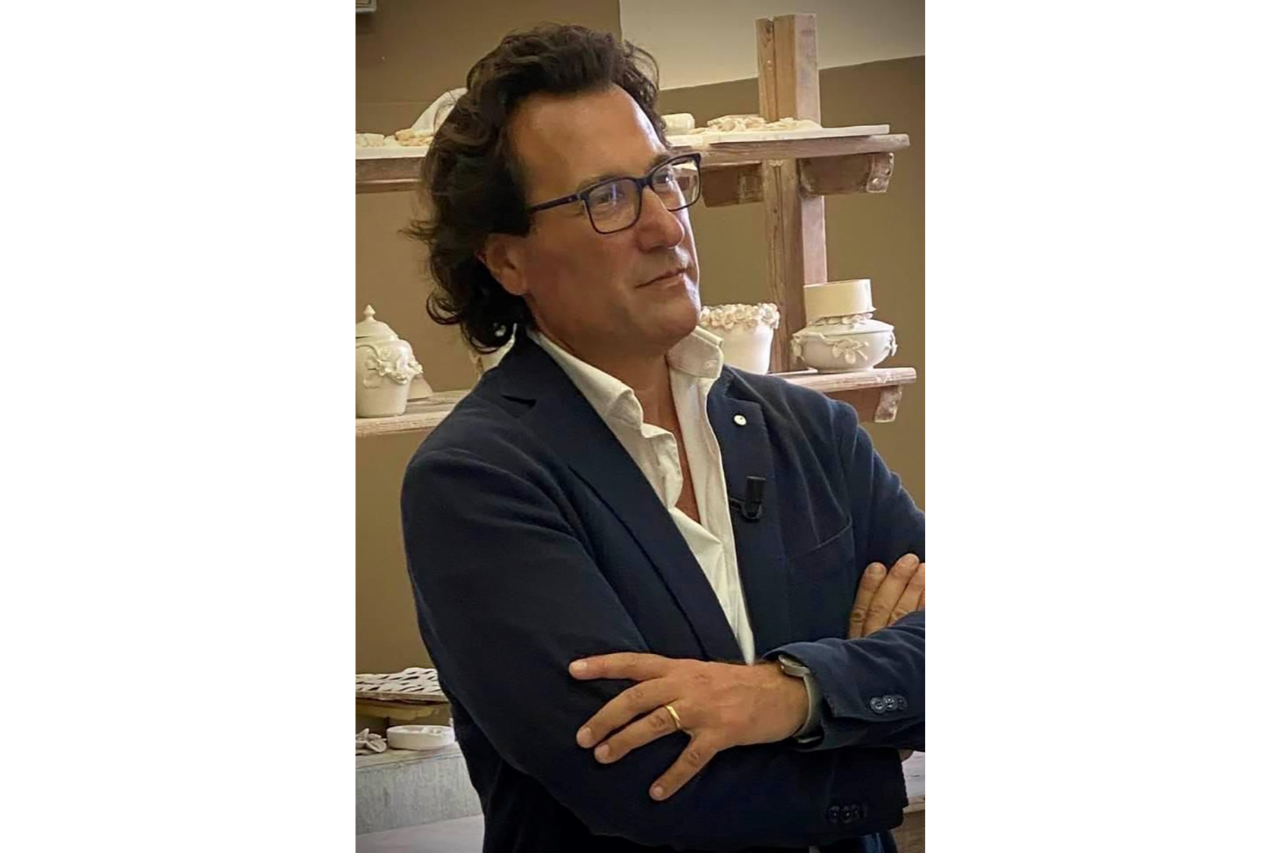

Credit Photo: BHUMI Ceramica - https://bhumi.it/
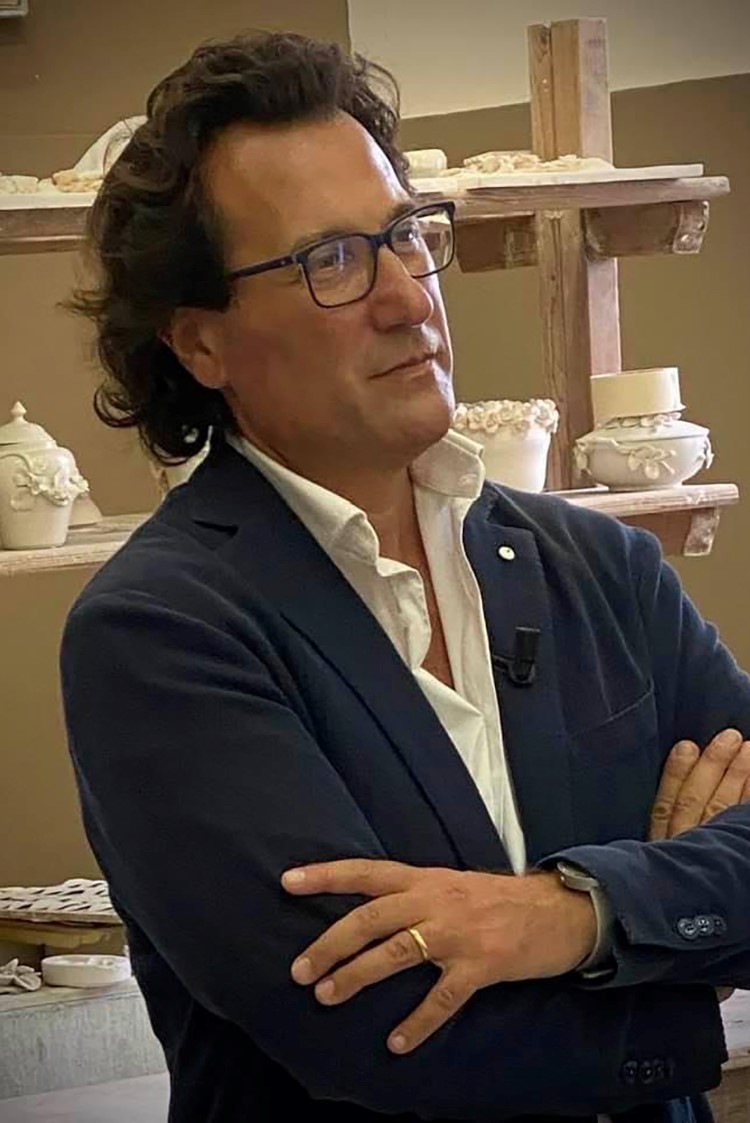
The Royal Factory of Capodimonte is among the protagonists of Manifatture in Scena. Milano Home interviewed architect Valter Luca De Bartolomeis, director of the Caselli Palizzi Arts Center, which includes the Caselli Institute for Rare Crafts (located within the Royal Bosco di Capodimonte) and founder of the Mudi (Didactic Museum of Ceramics and Porcelain of Capodimonte), to explore the fascinating world of a production chain that has its roots in 1743, the year Charles of Bourbon founded the Royal Porcelain Factory.
"At Milano Home, we will present new productions, a more current perspective that refers to the Capodimonte tradition but renewed in its composition. These are collections that range from historical forms to contemporary objects revisited with a designer's eye, with an expanded range of proposals to intercept a diversified demand united by a love for porcelain and ceramics. Among the novelties exhibited in Milan, there will also be a new version of the 'Piatto del buon Ricordo' (Plate of Good Memory), an object given during the grand tours to travelers hosted in Neapolitan inns between the 18th and 19th centuries."
"We are regenerating a sector; we are building a future."
The story of Capodimonte is one steeped in beauty, an art that is about to celebrate 300 years of history. A heritage appreciated all over the world, "it is a sector that produces things that exist forever," says De Bartolomeis.
"Capodimonte artifacts are unique pieces that attract a cultured and refined public. A workmanship that has no equal, a tradition that we want to preserve by offering young people the opportunity to embark on a path of high craftsmanship and refined design."
Innovation, tradition, and technology blend and give life to new forms of processing.
Within the Park of Capodimonte, the Royal Factory of Capodimonte, home of the "Caselli" Institute for Rare Crafts, established in 1961 and annexed to the factory with the aim of continuing the ancient artisan tradition, but also to conceive and experiment with innovations in the sector, still exists today. The choice to unite the school and the factory and to locate this complex in the same ancient buildings, within the park, which were the site of the first Royal Porcelain Factory and the attached boarding school for artisans, symbolically represents the intention to trace a line of continuity with this historical past.
This complex reality is a heritage of the entire Campania Region and Italy, an asset to be valued and relaunched according to the ancient tradition of the Bourbon manufacture, which is currently matched by a productive reality with numerous companies that still produce porcelain also for the foreign market, where the name of Capodimonte is synonymous with quality Italian ceramics, with a high driving force for the entire national production, contributing greatly to the "Made in Italy" phenomenon.
"The Caselli," continues De Bartolomeis, "is the only center in Italy institutionally responsible for the preparation of qualified personnel and specialized technicians in the ceramics and porcelain sector. The institute has a specific mission: to promote, study, and protect the ceramic tradition of the territory, in particular by relaunching the production of porcelain.
This institutionally recognized role has allowed the Institute to participate in the definition of the "Technical Production Regulations of Artistic and Traditional Ceramics of Capodimonte" according to law 188/90 and the related Thesaurus, and to be a member of the Control Committee of the same Regulations and the Technical Commission for the Innovation of Artistic Ceramics.
The attestation of a public commitment of the Institute, of a concrete vocation to the territory, is completed in the open workshops in which the production of new objects is already underway. Numerous collaborations with museums, galleries, institutions, companies, artists, and internationally renowned designers such as Dana Sherwood, Walead Beshty, Yee Sookyung, Santiago Calatrava, and Patricia Urquiola."
The school holds the trademark, the only production reality to boast the Bourbon lily for the works created. The rare address is configured within the Caselli-Palizzi Arts Center, which unites two historic Neapolitan school institutions and two museums, the Industrial Art Museum and the Mudi, Museum of Ceramics and Porcelain of Capodimonte, in addition to the Royal Factory of Capodimonte and all the arts together (painting, sculpture, architecture, design, crafts, fashion, graphics, jewelry, music, dance).
"The school is a training ground that perpetuates the ancient tradition of the Royal Porcelain Factory. Innovation, tradition, and technology blend and give life to new forms of processing. An innovative teaching aimed at adolescents eager to confront and deepen the knowledge of a craft that, while not denying its famous past, needs to expand and update production to respond to a market that is in tune with contemporary taste."
The training courses have also been enriched thanks to the contribution of the Ma.De. Academy Foundation, which has the Arts Center as its leader and universities, companies, and representative realities in the sector of high artistic craftsmanship as partners.
The post-diploma courses currently active of the ITS Ma.De. Academy - manufacturing and design, are those of ceramic design, jewelry design, landscape and garden, with the imminent launch of a further course for the artistic processing of fabric and leather for tailoring and costume.
The Industrial Art Museum (MAI) houses collections of ancient and modern art, examples of art applied to industry, and works produced by the Palizzi School-Workshop Museum, while at the MUDI, Didactic Museum of Capodimonte Porcelain, historical and museum artifacts, new production lines signed by renowned artists and designers, the archive of molds, models of Bourbon production, the ancient 18th-century kilns, and the machinery of ancient production are exhibited.
An integrated training system to train the artisans of tomorrow.
A synergistic alliance between institutions, companies, and schools is the necessary propellant to give impetus to a sector of undoubted charm.
"Faced with an increasingly sustained market demand for artistic craftsmanship, there is a response not in line with expectations from students. Few approach this dimension; most are attracted by virtual reality and new technologies. Patience, attention to detail, attention to the particular are attitudes that are not frequently found in a large audience. We have created a link with the production chain of the territory, focusing on high manufacturing and the craftsmanship-design combination. I hope for an increasingly close collaboration between the parties involved; working in unison, it will be possible to reap the rewards of a work that aims to make today's students the protagonists of tomorrow."